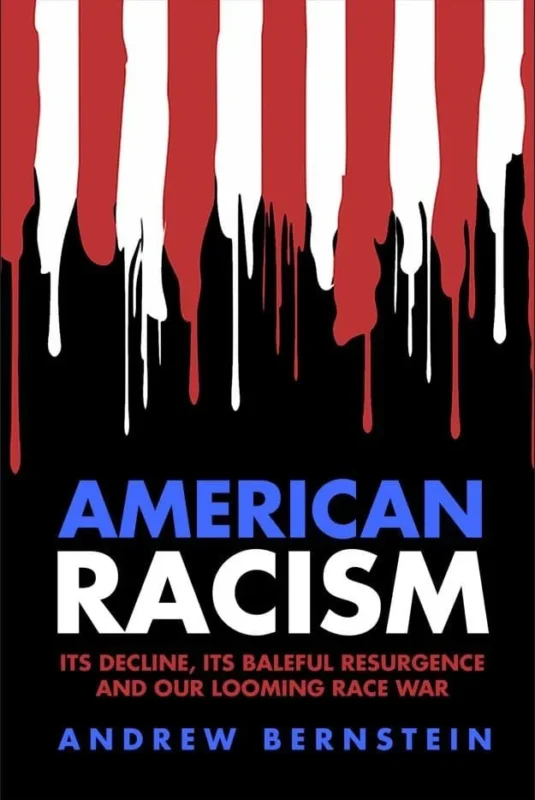Barely moments after the Bush White House announced their decision to appoint a respected Harvard researcher to be the administration’s regulatory czar at the Office of Management and Budget, the left-wing advocacy group Public Citizen produced a 130-page hit piece on the professor.
Sadly, it was not a new low in Washington’s hack and slash political culture, rather a particularly transparent example of business as usual. Public Citizen’s report is grandly entitled: “Safeguards at Risk: John Graham and Corporate America’s Back Door to the Bush White House.” The document is a virtual tour of the left’s fevered opposition to new technology, dubious use of facts and do-anything attitude towards smearing those they disagree with.
Graham, the object of Public Citizen’s ire, is the founder of Harvard’s Center for Risk Analysis, a sort of think tank within the school of public health there. And indeed, as a consistent thorn in the side of the nanny state, he has done much over the last decade to earn the hate of folks at Public Citizen. Graham, whose official position will be as head of the Office of Information and Regulatory Affairs (OIRA), has questioned environmentalist and consumer activist dogma on a host of issues from cell phones and dioxin to alar and nuclear power.
Maybe they do have reason to be concerned. OIRA oversees important regulations from across the government to ensure they don’t strangle technological innovation or squelch economic growth. If OIRA thinks they’re really bad, it can hold them up for years or force them to be rewritten.
But Public Citizen’s report spends little time arguing the merits of Graham’s positions. Instead, their first line of attack is the funding of the Center for Risk Analysis. “This report shows that Graham’s center has accepted money from chemical companies, auto manufacturers, energy and oil interests and other industries hostile to regulation,” the report pompously intones.
Gasp! How did they find such damaging information? Well, they looked on his web site. And there you find that Graham has been publicly disclosing his funders for years. What Public Citizen doesn’t much want to dwell on are some other funders of the Harvard Center that are clearly known to be “hostile to regulation,” like the Environmental Protection Agency, the Department of Health and Human Services, the Centers for Disease Control and the National Science Foundation. Apparently in the minds of Public Citizen researchers a big check from an anti-regulation corporation is proof Graham’s opinions have been bought, but a similarly big check from a pro-regulation bureaucracy isn’t worth discussing.
So do these facts disqualify Graham from public service? At least his past funders names are on the record, Graham’s accusers won’t disclose their backers. Public Citizen reports a few grants from large foundations on its web site, but it refuses to release any information about the source of millions more in donations reported on its IRS forms.
Worse, though, than Graham’s corporate financial backing, Public Citizen finds that the Center for Risk Analysis has governing and advisory boards packed with corporate executives. What Public Citizen’s diligent researchers apparently missed was the alphabet soup of pro-regulatory government executives on his boards — OSHA, USDA, NHTSA, HCFA and CDC. Worse they failed to notice executives from those known anti-regulatory zealots as the Insurance Institute for Highway Safety and Rand Corp. It’s easy to see how the researcher missed them considering they’re listed all together on Harvard’s handy web site.
A staffer for Democrats on the Senate committee that will review Graham’s nomination says they have Public Citizen’s report and plan to ask the prospective OIRA chief about its allegations. They are “disturbing,” he says.
But after reading the anti-Graham screed cover-to-cover, the only thing that jumps out as at all “disturbing” is that Graham seemed to be very interested in getting corporate backing from the tobacco industry and was apparently willing to let their execs read some of his work before it was published. If it wasn’t unethical, it was at least unwise given the public odor that emanates from those purveyors of addiction and death.
Just when Public Citizen latches on to something potentially interesting, though, they go over the top. They found other links between Graham and the tobacco industry. They found a memo where a tobacco executive had written Graham’s name in the margin. And horror of horrors, Graham was quoted in a think tank research analysis found in the files of Philip Morris during litigation.
Aha! At last the definitive proof that he’s a shill for those scummy companies.
Unfortunately, for Senate staffers looking for charges to sink their teeth into, Public Citizen’s report is packed with spurious evidence and perilous leaps in logic. At one point they trash Graham’s position on the danger of using cell phones while driving. Their source? The Car Talk guys Tom and Ray Magliozzi of NPR fame who wrote a letter to the editor of The New York Times, helpfully reproduced in full as an appendix to Public Citizen’s report. (I am even cited in a footnote to the report in a section that gave me a headache trying to understand. Here’s the short version: In 1999, I wrote an article about some ethically questionable activities of an ABC journalist. Five years earlier, that journalist had quoted Graham in a program that the American Council on Science and Health later claimed credit for inspiring. Graham is somehow associated with ACSH. Therefore that’s bad or something. Reading the report’s fevered language you just know something naughty is going on. But considering the impossibly tangled logic, I wish you luck figuring out what.)
Public Citizen slaps Graham around for doubting whether cell phones cause cancer. What these so-called protectors of the public interest fail to mention is that Graham was probably right. In February, The Journal of the National Cancer Institute reported the charge against cell phones was bogus. In January, The New England Journal of Medicine reported another study saying the same thing. And in December, The Journal of the American Medical Association reported yet another study coming to the same conclusion.
Anyway, the question that remains is why was Public Citizen so primed and ready to do a hatchet job on an obscure academic appointed to a faceless job deep in the bowels of the Bush administration? Well, by my journalistic standards, that would be a question for them. They’re an advocacy group with an agenda, and they can spend their time and money however they want. Maybe the OIRA chief is something worth fighting about. But if I were writing this piece with the factual and logical standards of Public Citizen, the answer would be easy. This is payback.
In 1989, Graham wrote an obscure tome called “Auto Safety: Assessing America’s Performance.” Nobody read it really. It’s not fun reading. But it does have nasty things to say about the former chief of the National Highway Traffic Safety Administration, Joan Claybrook, who is — you guessed it — now the head of Public Citizen.
For the record, the Public Citizen researcher who wrote the 130-page report on Graham, detailing every inch of his public policy life including a great deal about auto safety, claims to have been blissfully unaware of Graham’s book and his criticism of her boss.
Sure.
Made available through Tech Central Station (http://www.TechCentralStation.com









